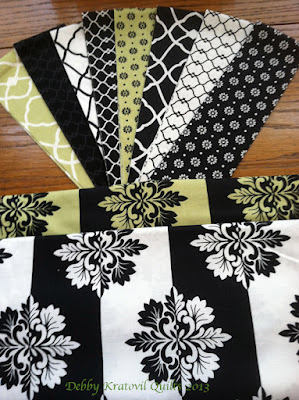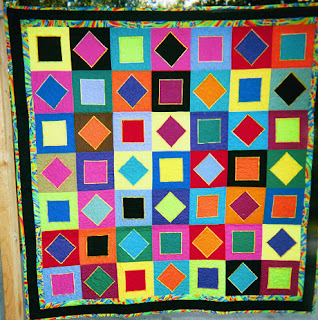Paper Piecing Monday

Do NOT roll your eyes! It's not becoming. It's true: you either LOVE or HATE paper piecing. Yes, my new book is finally in and it's all about paper piecing. Large blocks. Pretty blocks. Blocks with very, very sharpy-sharp points. How else do you think you can get them SHARP except by paper piecing? Today I have an extensive tutorial using one of the blocks in my book ( Paper Piecing Perfect Points ) called Spinning Waterwheels. I am remaking the blocks in a new collection by Blank Quilting called Tanglewood. Aren't these just lovely?! The Tanglewood Collection by Blank Quilting First, we cut out the pattern very close to (but not exactly on) the outer seam line. You cannot leave the pattern in the 8-1/2" x 11" size. It will cause you to place your patches incorrectly and then you may have to unsew! Cut pattern out. Fold along EVERY printed line. This is better than trying to hold the pattern and the fabric up to a light source. The prin





